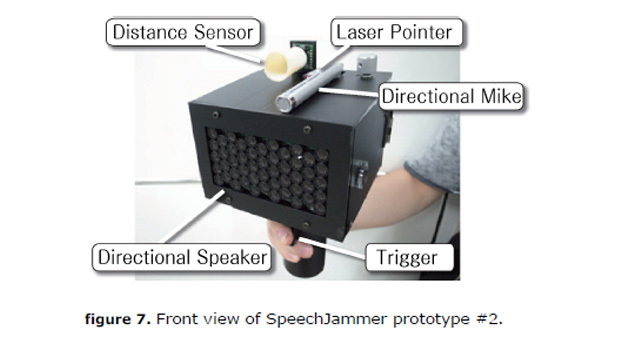Antibodies that block the process of synapse disintegration in
Alzheimer's disease have been identified, raising hopes for a treatment
to combat early cognitive decline in the disease.
Alzheimer's disease is characterized by abnormal deposits in the
brain of the protein Amyloid-ß, which induces the loss of connections
between neurons, called synapses.
Now, scientists at UCL have discovered that specific antibodies
that block the function of a related protein, called Dkk1, are able to
completely suppress the toxic effect of Amyloid-ß on synapses. The
findings are published today in the Journal of Neuroscience.
Dr Patricia Salinas, from the UCL Department of Cell &
Developmental Biology, who led the study, said: "These novel findings
raise the possibility that targeting this secreted Dkk1 protein could
offer an effective treatment to protect synapses against the toxic
effect of Amyloid-ß.
"Importantly, these results raise the hope for a treatment and perhaps the prevention of cognitive decline early in Alzheimer's disease."
Dkk1 is elevated in the brain biopsies of people with Alzheimer's
disease but the significance of these findings was previously unknown.
Scientists at UCL have found that Amyloid-ß causes the production of
Dkk1, which in turn induces the dismantling of synapses (the connections
between neurons) in the hippocampus, an area of the brain implicated in
learning and memory.
In this paper, scientists conducted experiments to look at the
progression of synapse disintegration of the hippocampus after exposure
to Amyloid-ß, using brain slices from mice. They were able to monitor
how many synapses survived in the presence of a specific antibody which
targets Dkk1, compared to how many synapses were viable without the
antibody.
The results show that the neurons that were exposed to the antibody remained healthy, with no synaptic disintegration.
Dr Salinas said: "Despite significant advances in understanding the
molecular mechanisms involved in Alzheimer's disease, no effective
treatment is currently available to stop the progression of this
devastating disease."
She added: "This research identifies Dkk1 as a potential therapeutic target for the treatment of Alzheimer's disease."
Alzheimer's represents 60% of all cases of dementia. Alzheimer's
Research UK estimates that in the UK the annual national cost of all the
dementias is around £23 billion, which represents double the costs for
cancer and 3-5 times the costs for heart disease and stroke. New studies
predict an increase in the number of Alzheimer's cases of epidemic
proportions.
The research was funded by Alzheimer's Research UK, the UK's leading
dementia research charity, and the Biotechnology and Biological Sciences
Research Council, UK.
Dr Simon Ridley, Head of Research at Alzheimer's Research UK, said:
"We're delighted to have supported this study, which sheds new light on
the processes that occur as Alzheimer's develops. By understanding what
happens in the brain
during Alzheimer's, we stand a better chance of developing new
treatments that could make a real difference to people with the disease.
"Studies like this are an essential part of that process, but more
work is needed if we are to take these results from the lab bench to the
clinic. Dementia can only be defeated through research, and with the
numbers of people affected by the condition soaring, we urgently need to
invest in research now."
More information: 'The Secreted Wnt antagonist Dickkopf-1 is required for Amyloid B-mediated synaptic loss' is published in the Journal of Neuroscience.




